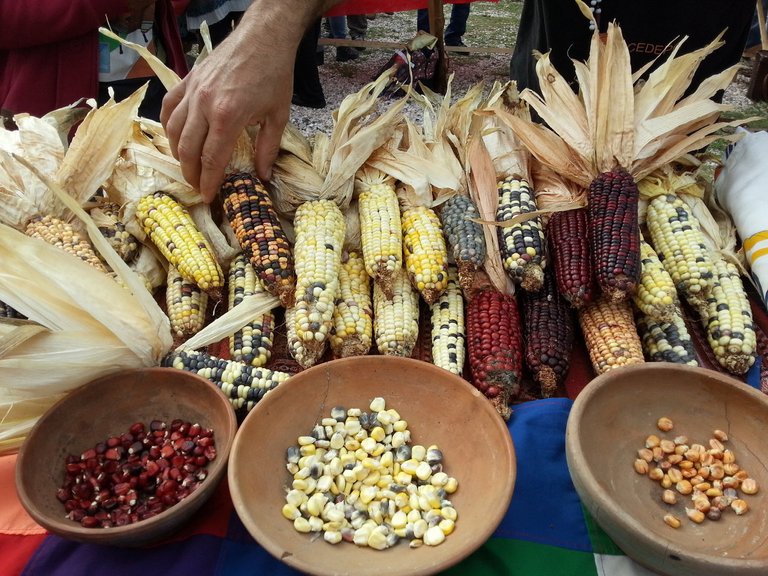When talking about the morphology and original domestication of corn as a crop, we have to consider that the domestication of plants is one of the most important evolutionary processes in the history of mankind because it allowed the emergence and maintenance of civilization.



▶ The earliest evidence of maize as a human food comes from some archaeological sites in Mexico where some small ears of maize estimated to be more than 5 000 years old were found in caves of primitive inhabitants.
/https://tf-cmsv2-smithsonianmag-media.s3.amazonaws.com/filer/9f/6e/9f6e872a-dfbb-491e-86fb-682b6e83ebe2/logan_kistler_-_dsc01172.jpg)
▶ Credits: pipanews – [Image of Public Domain]
≕ I invite you to stay tuned and read my next contribution ≔
As for evolution, the debate on the origin of maize is still ongoing and understanding this issue is not only of purely academic interest. It is important for promoting aggressive breeding programs and for the transfer of desirable traits from wild relatives and local cultivars in the evolution and continued improvement of maize.
There are several articles that review and discuss the origin of maize and for more detailed information the reader can refer to the References for other publications that you will find on my blog.
/https://tf-cmsv2-smithsonianmag-media.s3.amazonaws.com/filer/9f/6e/9f6e872a-dfbb-491e-86fb-682b6e83ebe2/logan_kistler_-_dsc01172.jpg)
Regarding the morphology of Corn, the plant has abundant leaves and a fibrous root system, usually with a single stalk that has up to 30 leaves. Sometimes one or two lateral buds develop in the axil of the leaves in the upper half of the plant; these end in a female inflorescence which develops into an ear covered by leaves that surround it; this is the part of the plant that stores reserves.
NOTE: Reference material.